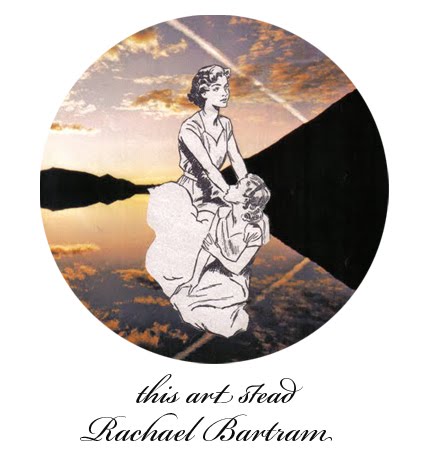Get ready, the Asia Pacific Triennial of Contemporary Art kicks off at GoMA on the 8th December. The APT is always a crowd puller, but not to the extent of having to line up behind velvet rope and shuffle along behind day trippers getting their must-do exhibition ticked off before shuffling off for Devonshire Tea or shopping in the city. Big name shows often create this effect (e.g. Picasso, Warhol, French Impressionists etc) and that is fine. It is a good thing that people from all walks of life should have the opportunity to see renowned and important art from around the world. However, when a security guard watches on (armed or unarmed - it could be either) as you attempt to scan, absorb, interpret and understand an artwork in 20 seconds - you have to ask yourself a question. Are you queueing up and paying your hard earned dollars to see an artist's work or a particular exhibition because you read it about it in some naff bucket list themed list? Or worse, you are going for the sole purpose of 'checking in' on facebizzle and then sauntering off after half an hour to go shopping and Instagram fitting room selfies? In any case, of course big touring exhibitions reach a large audience and can really bolster the cultural events calendar of a place. On the other hand, keep in mind that there are exciting new ideas being explored by artists and art workers across both metropolitan and regional areas. If you live in the SE Queensland region and you want to support emerging artists, musicians, performers, dancers etc - usually all you have to do is turn up.
My recommendations:
Regional galleries/spaces (to name a few):
For more information on arts/cultural events in Brisbane/Queensland:
Anyway back to the Asia Pacific Triennial of wonderment. I think if you live close enough to travel economically via rail, road or boat - you need to catch the APT show. As described on the gallery website, the 7th APT "continues the series’ forward-thinking approach to questions of geography, history and culture and how these questions are explored through the work of contemporary artists." http://www.qagoma.qld.gov.au/exhibitions/coming_soon/apt7_asia_pacific_triennial_of_contemporary_art
Michael Cook, Bidjara people, Australia b.1968 | Broken dreams #22010 | Inkjet print, ed. of 8 | Image: Courtesy the artist and Andrew Baker Art Dealer | (Indicative image only)








